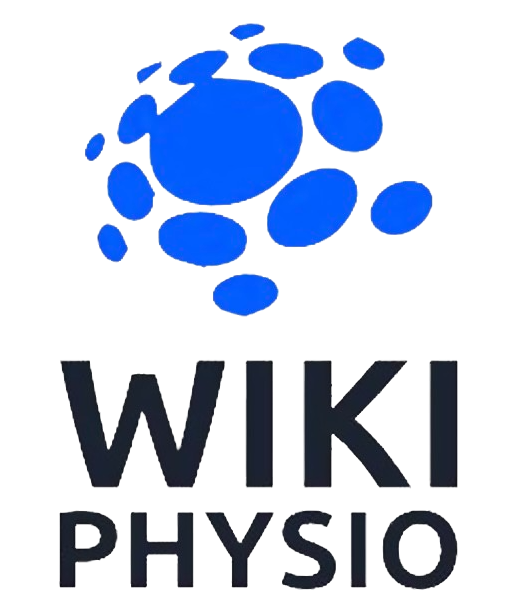A herniated disc is a condition that happens when the soft tissue located between the vertebrae in the spine ruptures or bulges out from its natural position, leading to compression or irritation of the nerves surrounding the area. As a result, affected individuals may experience symptoms such as pain, numbness, tingling, or weakness in the affected region.
The spinal column consists of 33 individual vertebrae, each separated by a cushion of connective tissue and cartilage called an intervertebral disc. These discs help provide flexibility, stability, and shock absorption to the spine, enabling us to engage in various activities like bending, twisting, lifting, and walking.
However, when a herniated disc occurs, the inner part of the disc (nucleus pulposus) protrudes outwards and applies pressure on the outer ring (annulus fibrosus) or the nerves connected to it. This can lead to a range of symptoms, depending on the severity and location of the herniation.
Causes of Herniated Disc
There are various factors that can contribute to the occurrence of a herniated disc, and some of these include the following:
Aging: As we get older, the spinal discs lose their flexibility and are more susceptible to ruptures or tears.
Genetics: In some cases, individuals may have a hereditary disposition to developing herniated discs, especially if their family has a history of spinal conditions.
Trauma: An unexpected injury or accident that twists, bends, or compresses the spine can result in a herniated disc.
Repetitive Strain: Certain occupations or activities that entail repetitive bending, lifting, or twisting can put a strain on the spine and increase the possibility of disc herniation.
Poor Posture: Sitting or standing in a hunched position for extended periods of time can also exert pressure on the discs and cause herniation.
Symptoms of Herniated Disc
The symptoms of a herniated disc can vary depending on the location and severity of the herniation. Some of the most common symptoms include:
- Pain in the affected area, which may be sharp, dull, or throbbing in nature.
- Numbness or tingling in the arms, legs, or buttocks.
- Weakness or muscle spasms in the affected area.
- Limited range of motion or stiffness.
- Difficulty standing, walking, or sitting for prolonged periods of time.
- Loss of bladder or bowel control (in severe cases).
Treatment Options for Herniated Disc
The treatment options for a herniated disc usually depend on the severity of the symptoms and the patient’s overall health. Some of the most common treatment options include:
- Physical therapy: A physical therapist can design an exercise program that helps strengthen the muscles surrounding the affected area and improve flexibility and range of motion. This can help reduce pain and prevent further damage to the spine.
- Rest and activity modification: Resting the affected area and avoiding activities that exacerbate the symptoms can help reduce inflammation and allow the disc to heal naturally.
- Medications: Over-the-counter pain medications such as acetaminophen or ibuprofen can help relieve mild to moderate pain caused by a herniated disc. In some cases, doctors may prescribe stronger medications such as muscle relaxants, opioids, or steroids to help manage severe pain or inflammation.
- Surgery: In rare cases where conservative treatment options have failed, surgery may be necessary to remove the herniated disc or relieve pressure on the affected nerve root. This may involve a discectomy, laminectomy, or spinal fusion.
Prevention of Herniated Disc
While not all herniated discs can be prevented, there are some steps that can be taken to reduce the risk of developing this condition.
- Practice good posture: Maintain good posture while sitting, standing, or walking. This will reduce the pressure on the spine and prevent excessive wear and tear on the intervertebral discs.
- Exercise regularly: Engage in regular exercise that promotes good spine health, such as low-impact activities like walking, yoga or swimming. This will help strengthen the muscles surrounding the spine and improve overall spine health.
- Eat a healthy diet: A balanced diet that is rich in calcium, vitamin D and other nutrients can help maintain strong and healthy bones.
- Lift and move with care: Always use proper lifting techniques when lifting heavy objects or engaging in activities that require bending, twisting or lifting. This will prevent strain on the spine and reduce the risk of disc herniation.
Conclusion
A herniated disc can cause intense pain and hinder your ability to carry out your daily activities. Nevertheless, with the right diagnosis and treatment, the majority of people can recuperate from this condition.
If you encounter symptoms such as back pain, numbness, tingling, or weakness, it’s crucial to consult a medical professional immediately. Your physician can help identify the root cause of your symptoms and advise on the most suitable treatment choices for you.
